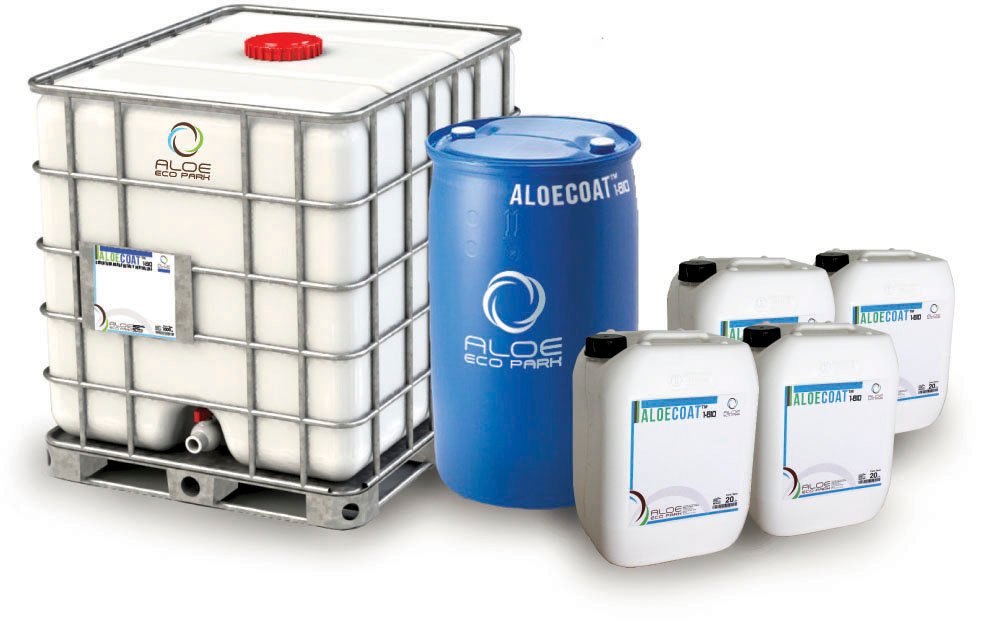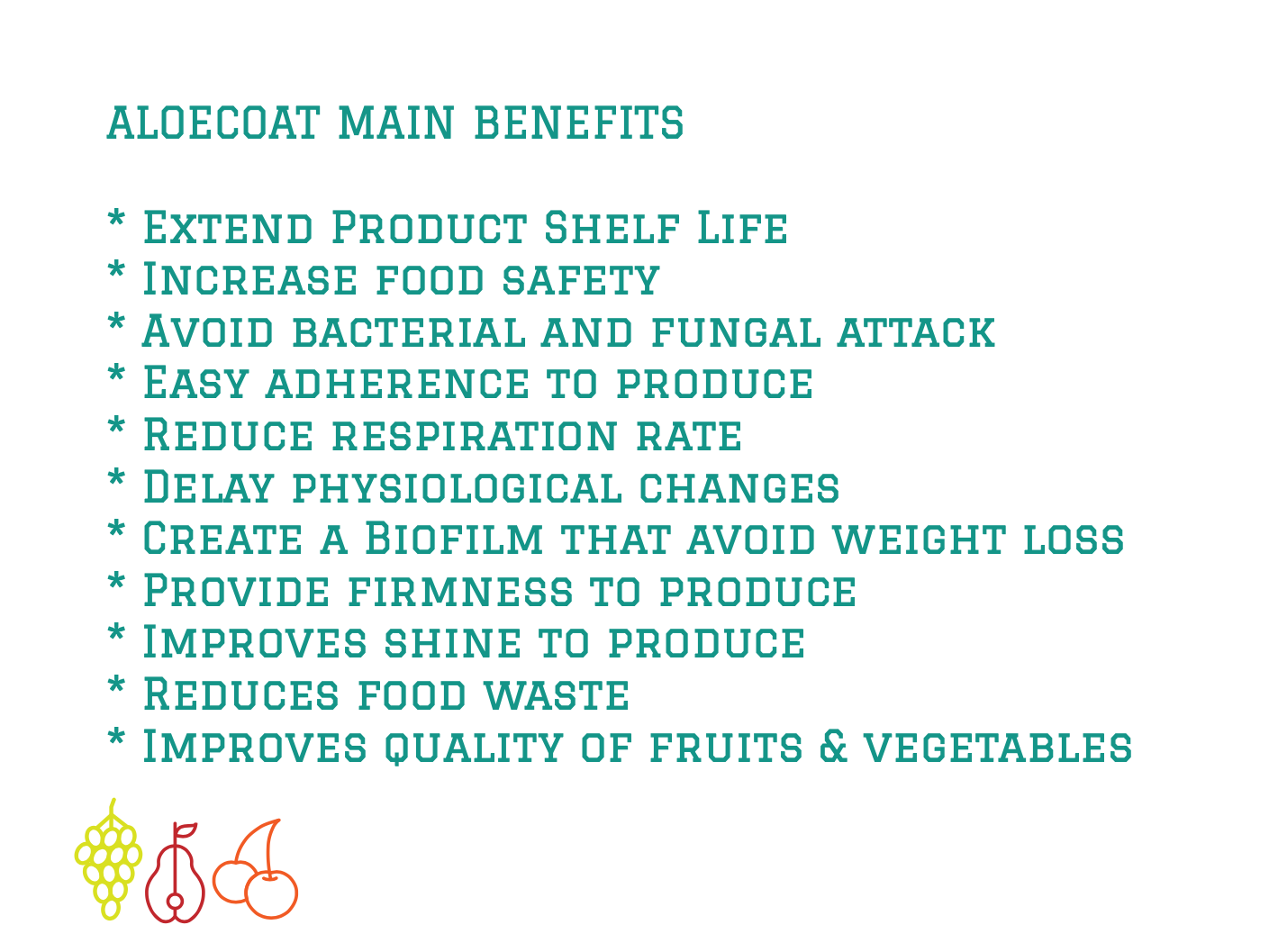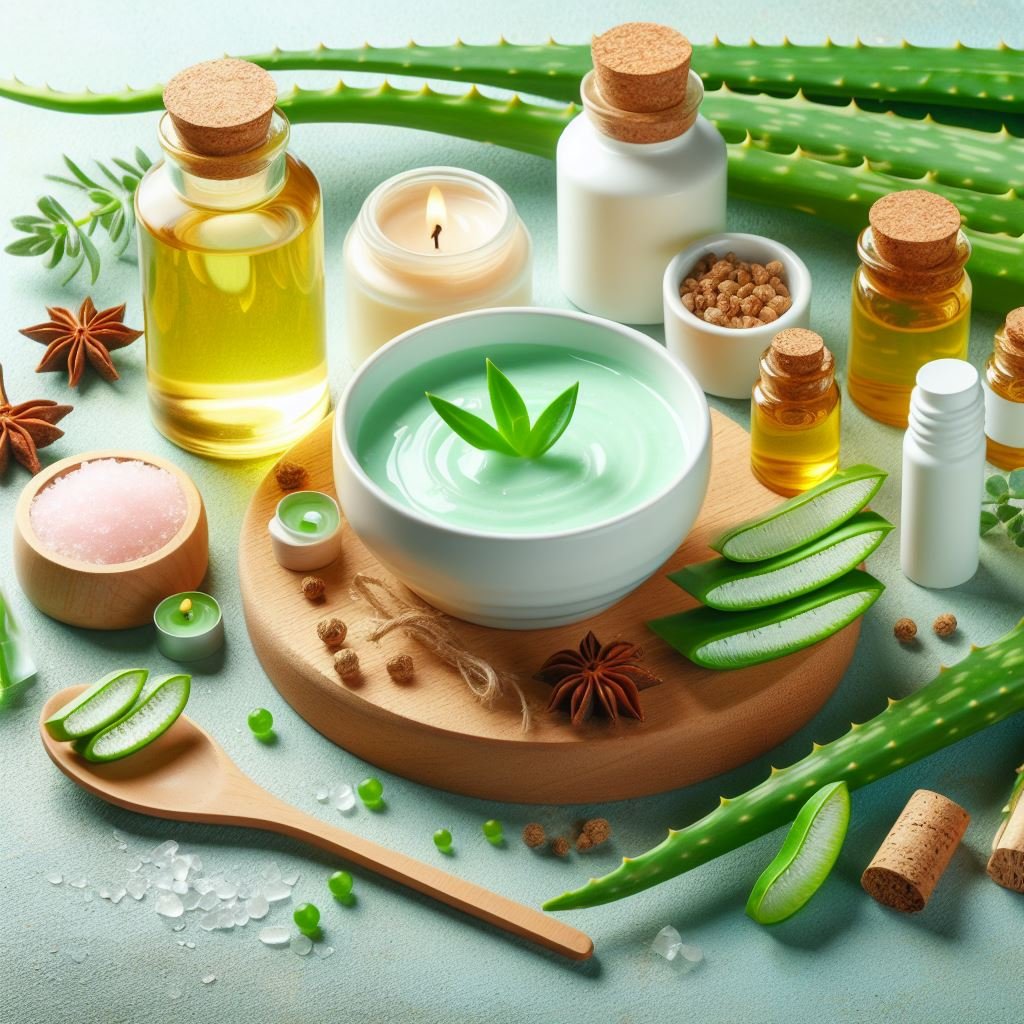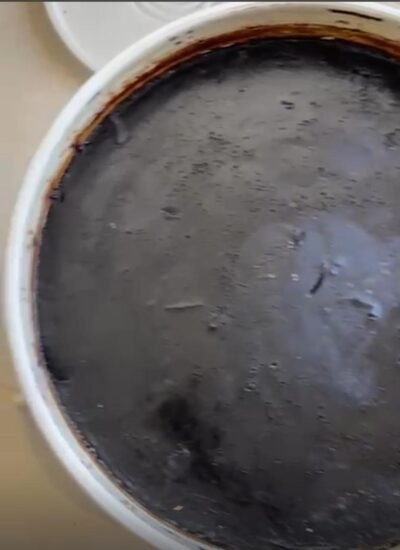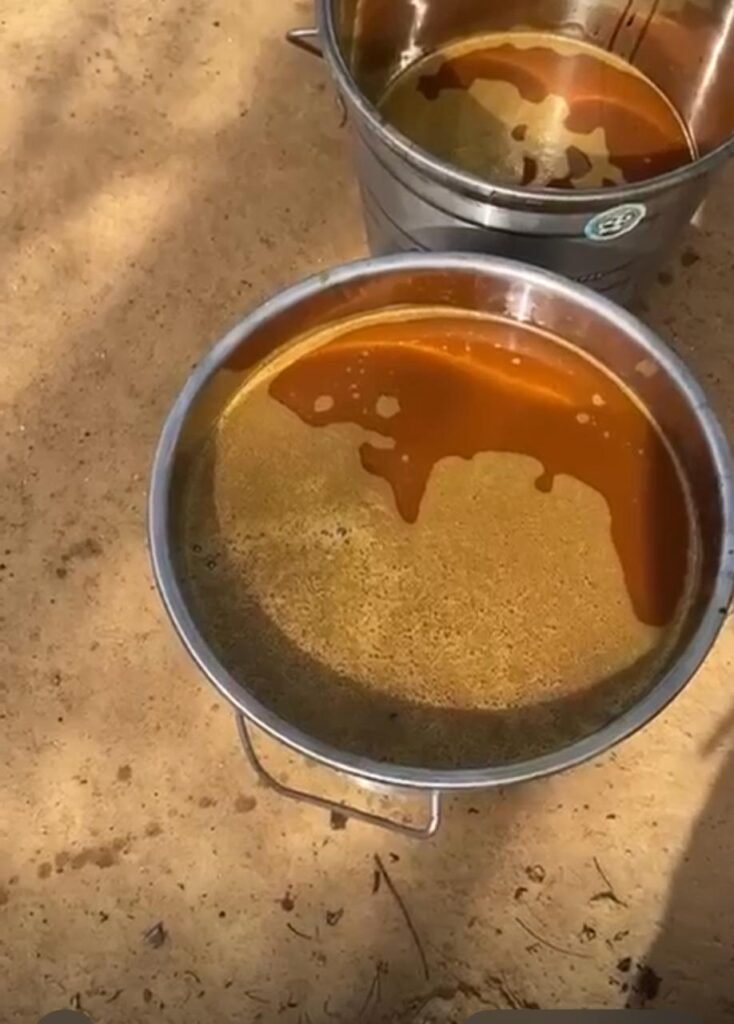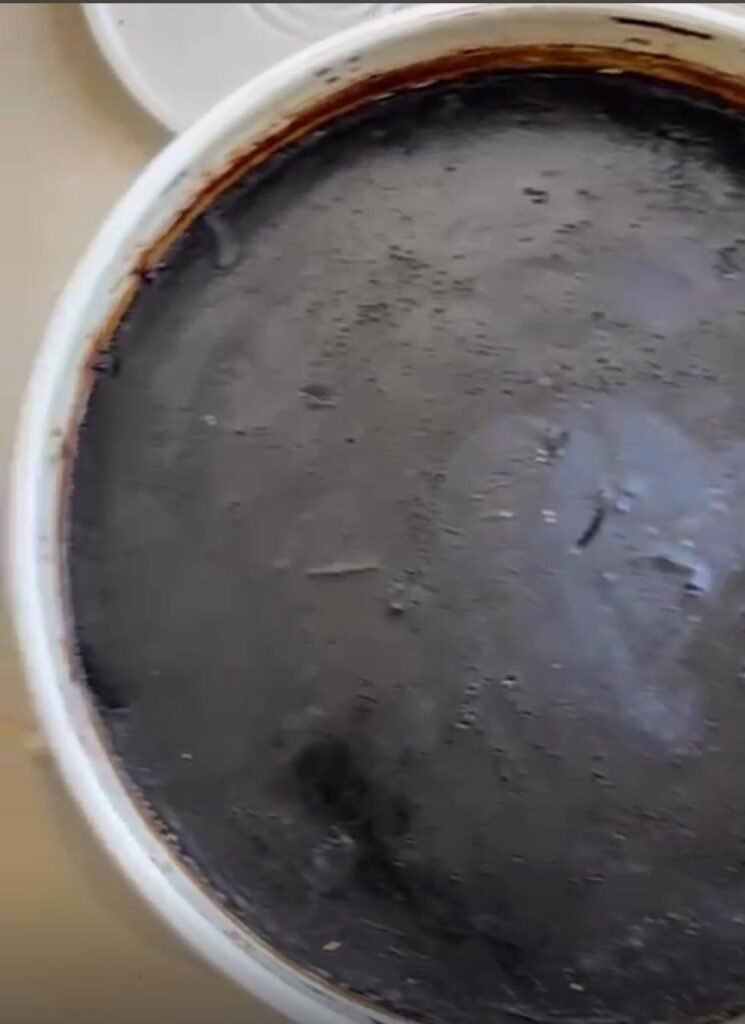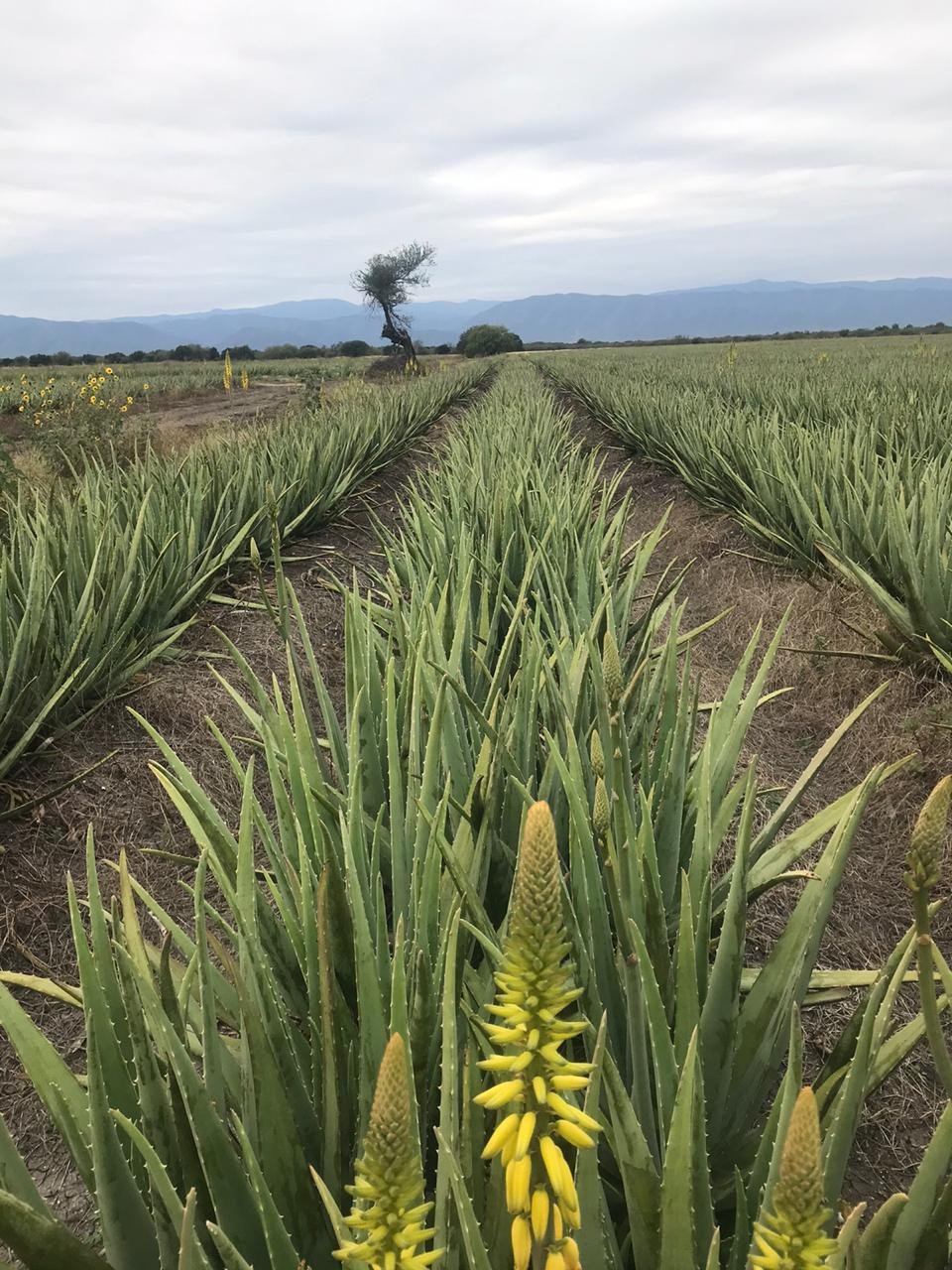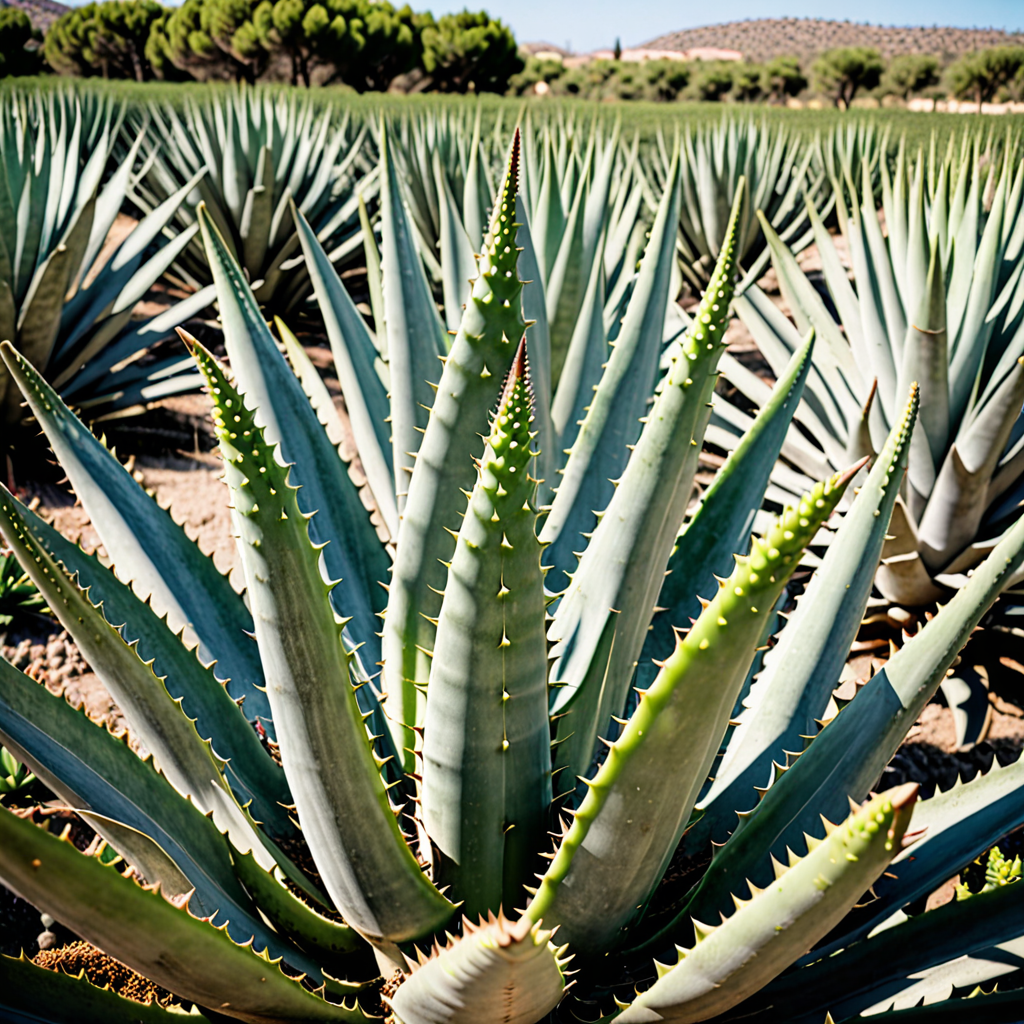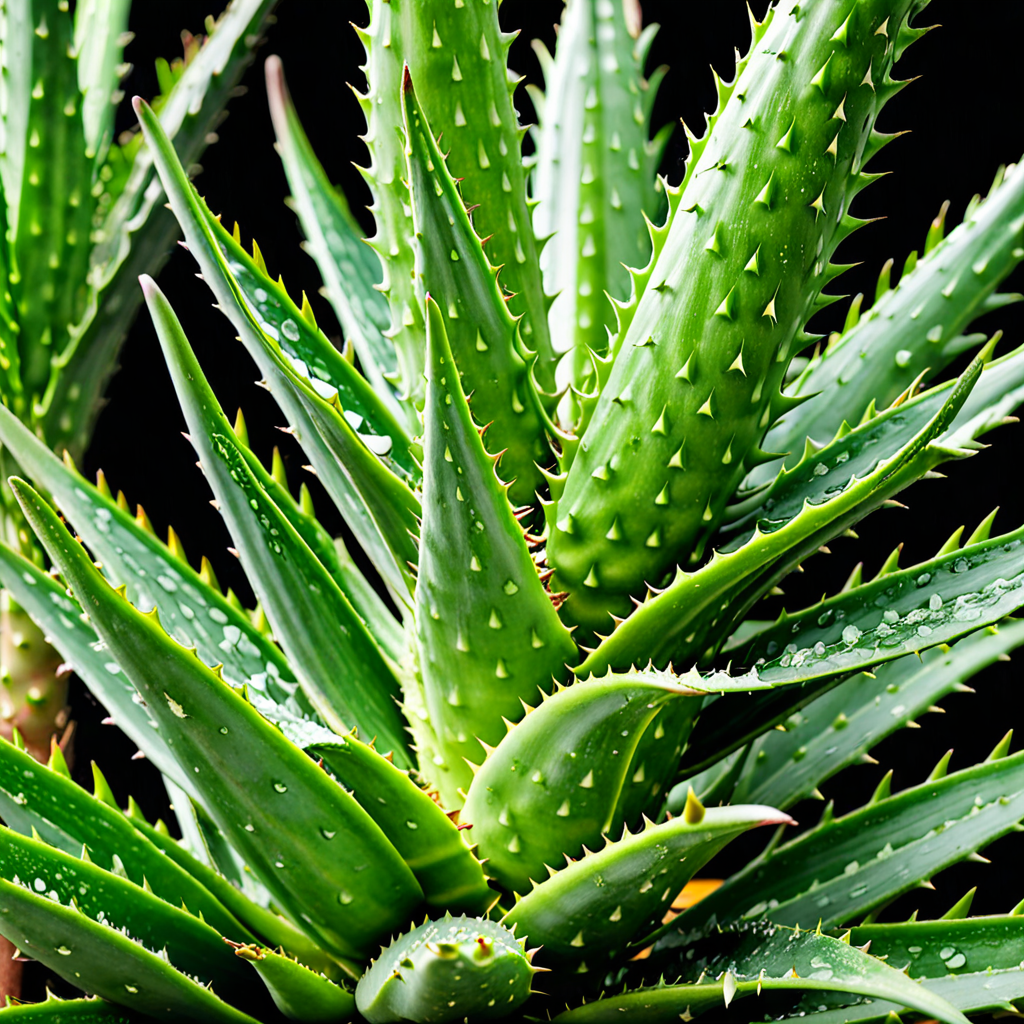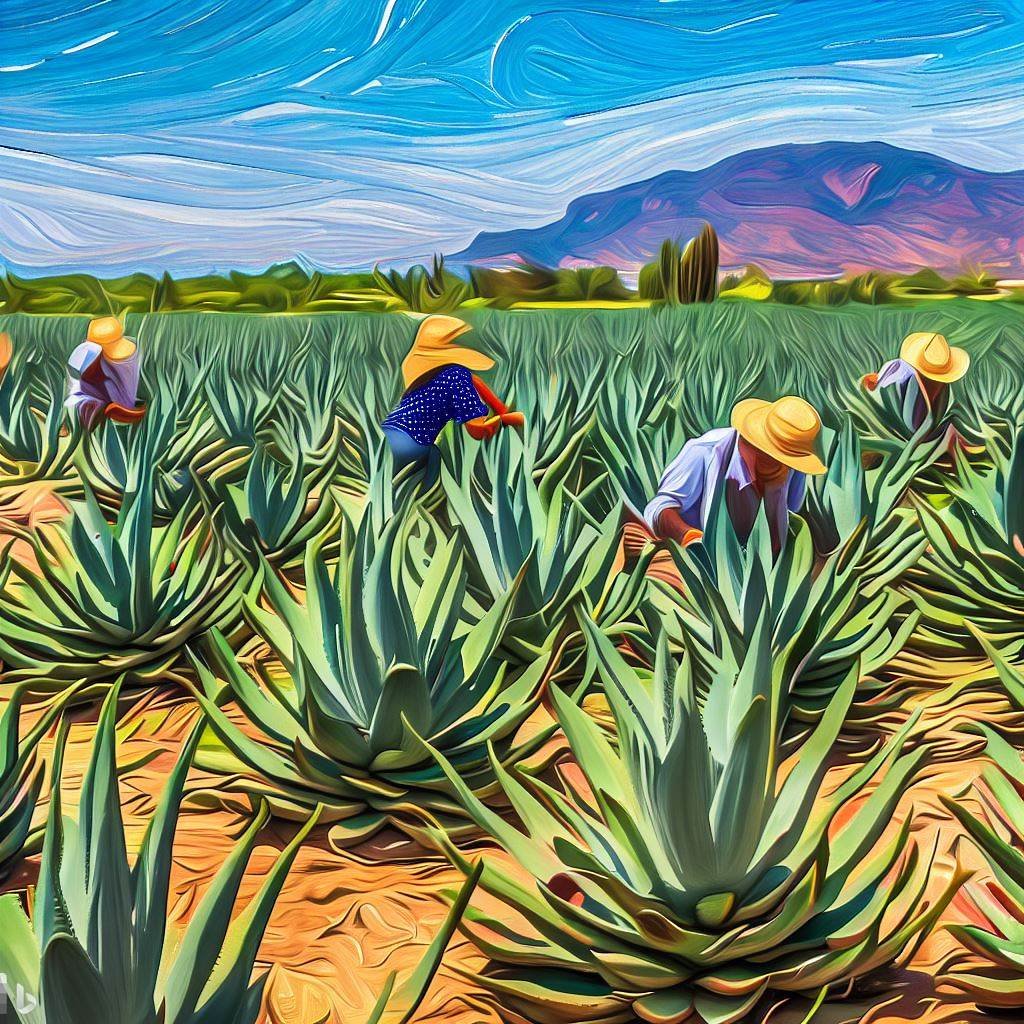Sustainable Oilfield Chemistry – Aloe-Based Solutions by Aloetrade America LLC
About Aloetrade America LLC
Aloetrade America LLC specializes in green and sustainable oilfield chemical solutions derived from aloe vera and other natural resources. Our mission is to replace conventional, often toxic, chemicals in the oil & gas and petrochemical sectors with eco-friendly, biodegradable, and high-performance alternatives.
This catalog presents our full product portfolio, organized by category, with concise descriptions, packaging options, and key selling points.
Product Portfolio
1. Corrosion Inhibitors
NOCORGREEN™
- Green aloe-based corrosion inhibitor.
- Application: General use across oil & gas industry.
- Key Points: Eco-friendly, biodegradable, effective in preventing corrosion.
- Pricing Strategy: Pricing upon request.
NOCORGREEN WELL™
- Corrosion inhibitor for downhole applications.
- Application: Oil wells under high stress.
- Key Points: Stable under high temperature and pressure.
- Pricing Strategy: Pricing upon request.
NOCORGREEN SWEET™
- Corrosion inhibitor for pipelines transporting sweet gas.
- Key Points: Targeted for H₂S-free environments.
- Pricing Strategy: Pricing upon request.
NOCORGREEN SOUR™
- Corrosion inhibitor for sour gas pipelines.
- Key Points: Effective against H₂S and CO₂ corrosion.
- Pricing Strategy: Pricing upon request.

2. Scale Inhibitors
STOPSCALE™
- Green aloe-based scale inhibitor.
- Application: Prevention and mitigation of scaling in oil wells and fracking.
- Pricing Strategy: Pricing upon request.
ALOETITAN™
- Dual-purpose corrosion & scale inhibitor.
- Application: General oil & gas and petrochemical use.
- Pricing Strategy: Pricing upon request.
ALOETITAN HYDRO™
- Specially designed for hydrostatic trials in tanks, pipelines, and valves.
- Pricing Strategy: Pricing upon request.

3. Biocide & Bacterial Control
ALOECIDE™
- Green aloe-based biocide supplement.
- Application: Water treatment in oil & gas industry.
- Key Points: Eliminates bacteria, eco-friendly.
- Pricing Strategy: Pricing upon request.
4. Flow Improvers & Drag Reducers
ALOEFLOW HV™
- Aloe-based flow improver for heavy crude oils.
- Key Points: Enhances heavy oil transport efficiency.
- Pricing Strategy: Pricing upon request.
ALOEFRICRED™
- Friction reducer for fracking fluids.
- Key Points: Reduces pumping pressure, increases efficiency.
- Pricing Strategy: Pricing upon request.
DRAGALOE™
- Drag reducing agent for light crude oils, refined products, and gas.
- Key Points: Improves flow in pipelines, eco-friendly.
- Pricing Strategy: Pricing upon request.

5. Hydraulic Fracturing Additives
ALOEGEL™
- Aloe-based gelling agent for fracking fluids.
- Key Points: Thickens water to suspend proppants.
- Pricing Strategy: Pricing upon request.
ALOECUREFRAC™
- Sustainable formulation for prevention and cure of fracture-related drilling fluid losses.
- Key Points: Reduces fluid losses, enhances efficiency.
- Pricing Strategy: Pricing upon request.

6. EOR (Enhanced Oil Recovery) Solutions
ALOERECOVER™
- Aloe-based polymer for ASP (Alkaline-Surfactant-Polymer) EOR processes.
- Key Points: Improves sweep efficiency and oil displacement.
- Pricing Strategy: Pricing upon request.
7. Bioremediation & Environmental Solutions
SURFACTALOE GREEN™
- Aloe-based biosurfactant.
- Application: Soil bioremediation of oil spills and drilling mud treatment.
- Pricing Strategy: Pricing upon request.
REMEDIALOE GREEN™
- Aloe-based treatment agent.
- Application: Soil bioremediation for oil spills, leaks, and discharges.
- Pricing Strategy: Pricing upon request.
COAGREEN™
- Aloe-based coagulant.
- Application: Wastewater treatment.
- Pricing Strategy: Pricing upon request.
FLOCGREEN™
- Aloe-based flocculant.
- Application: Wastewater treatment.
- Pricing Strategy: Pricing upon request.
Comparison Table – Conventional vs Aloe-Based Solutions
| Product Type | Conventional Chemicals | Aloe-Based Alternatives |
| Corrosion Inhibitors | Toxic, synthetic, high disposal costs | NOCORGREEN series – Eco-friendly, biodegradable |
| Scale Inhibitors | Phosphonate-based, harmful to environment | STOPSCALE, ALOETITAN – Green and safe |
| Friction Reducers | Polyacrylamides, non-biodegradable | ALOEFRICRED – Aloe-based, sustainable |
| Drag Reducing Agents | Synthetic polymers | DRAGALOE – Plant-based, eco-friendly |
| Gelling Agents | Guar gum, synthetic gels | ALOEGEL – Aloe-based, sustainable |
| Biocides | Formaldehyde, glutaraldehyde | ALOECIDE – Aloe-based, non-toxic |
| Flow Improvers | Synthetic flow improvers | ALOEFLOW HV – Green and effective |
| Bioremediation Agents | Chemical dispersants | SURFACTALOE, REMEDIALOE – Aloe biosurfactants |
| Water Treatment | Alum, synthetic polymers | COAGREEN, FLOCGREEN – Green water treatment agents |

High Performance
Aloetrade America’s aloe-based oilfield solutions combine high-performance chemistry with sustainability. By adopting these products, operators can:
- Lower operational risks.
- Improve ESG compliance.
- Reduce environmental footprint.
- Enhance efficiency and performance in oilfield operations.
✅ All products available only in IBC totes (1000 L).
✅ Custom packaging upon request.
✅ Pricing Upon Request.



